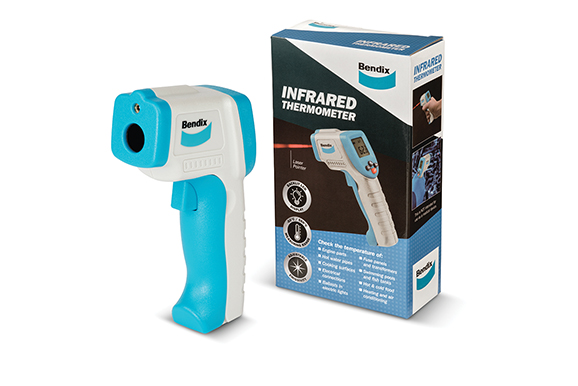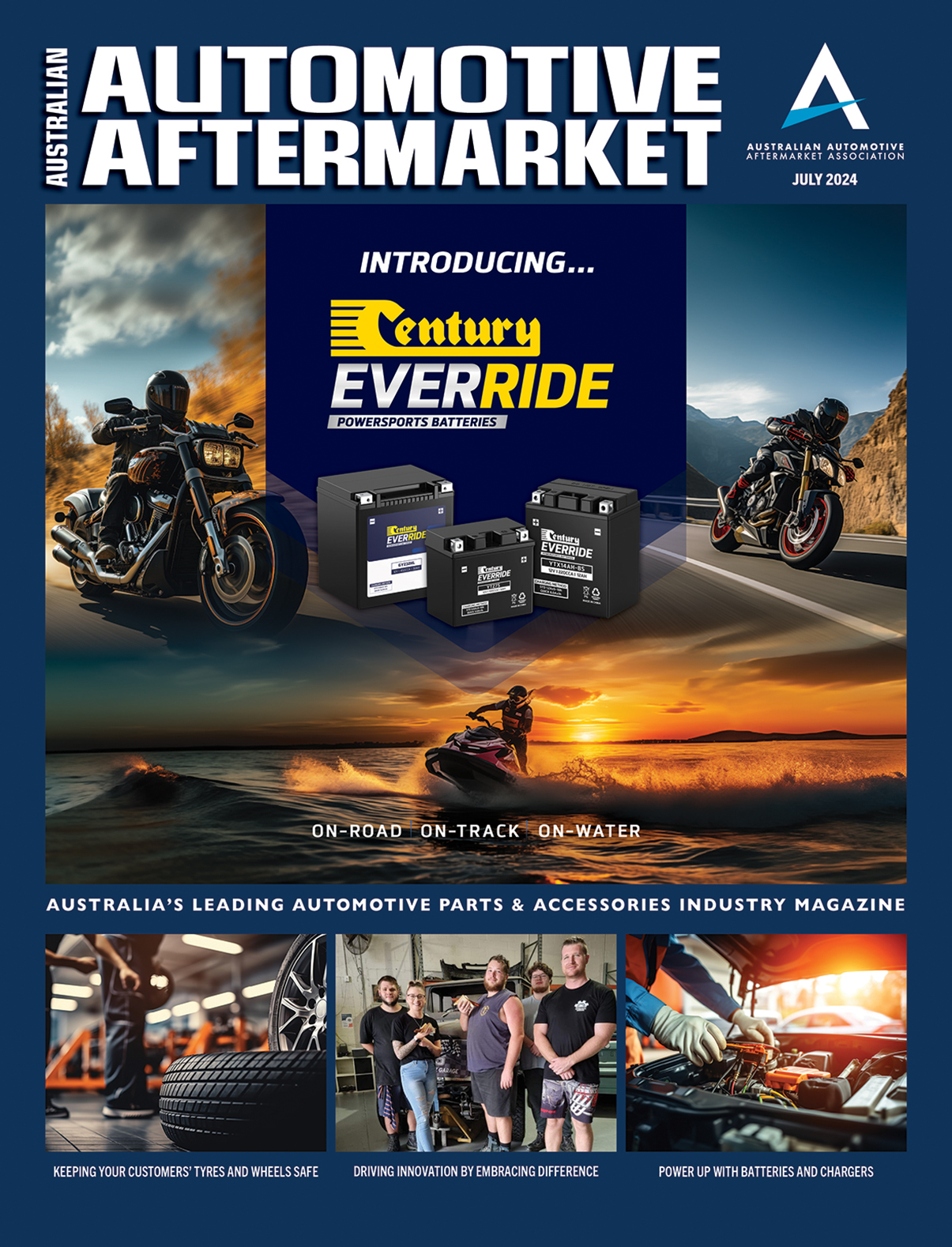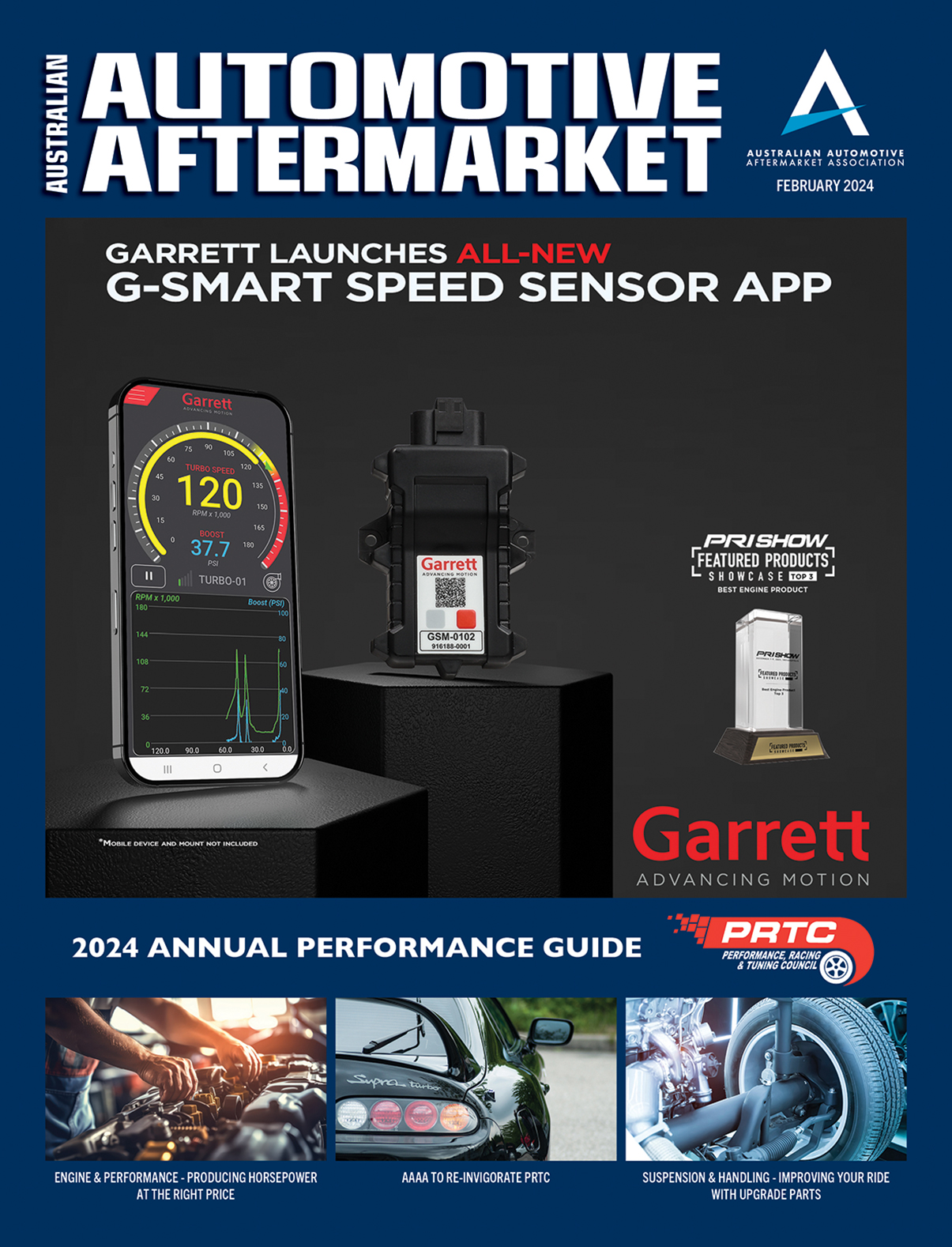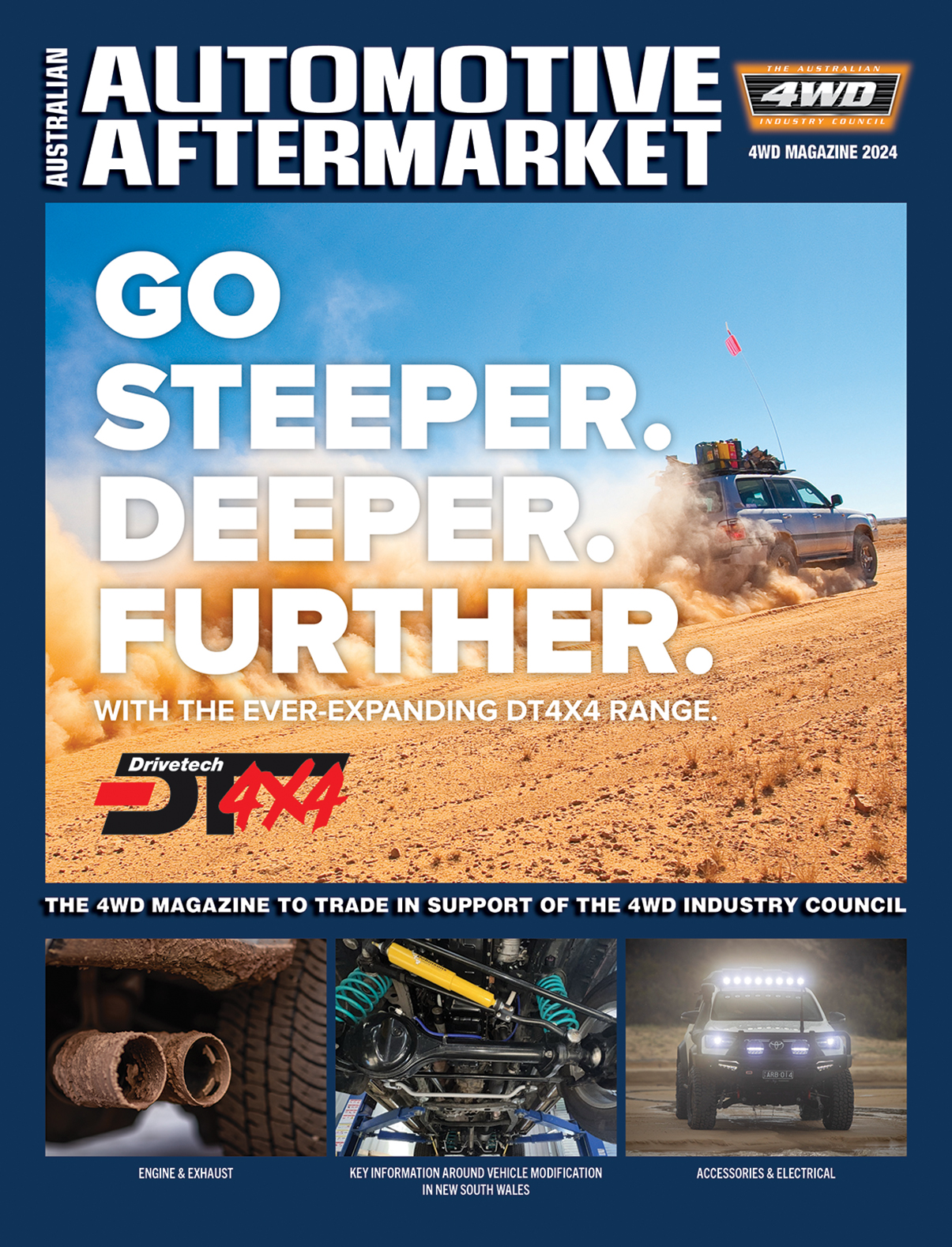IR ‘HEAT GUNS’ BOOST WORKSHOP EFFICIENCY
In this article, Bendix takes a look at this measurement technology

Bendix says the wider availability and increasing affordability of non-contact, infra-red (IR) heat measurement technology is increasing workshop efficiency by helping technicians diagnose braking faults more quickly, and often without the need for brake tear downs.
Most commercial units are calibrated and operate with a simple point and click temperature measurement and have the capacity to measure in the range of 0-500°C, covering most automotive applications.
The main consideration when using these heat guns is to keep a consistent distance from the gun to the component that’s being measured for comparative purposes. Depending on the heat gun manufacturer, this distance will vary slightly, but generally the ideal distance is between 15 and 20 centimetres.
Checking brakes on commercial vehicles
Bendix says IR heat technology is particularly useful in commercial vehicle workshops given the number of axles that trucks and trailing stock typically have.
One of the most important considerations when checking brakes in commercial vehicles is to ensure that the brake loads are distributed evenly across all axles within the combination. This means that each of the brake assemblies are doing their share of the work, preventing overloading of the other brakes which can lead to excessive heat, brake wear and excess mechanical stress.
Before checking the brakes, the vehicle should be driven (preferably loaded) and perform approximately 10 stops from 80-60 km/h to warm up the brakes. Following this, the brake temperature should be taken at the brake drum/disc, usually at the centre of each to ensure the same location for all brakes.
Next step is to compare the temperatures across all brakes – if the temperature between brakes varies by more than approximately 50°C, then they should be inspected for wear and correct operation.
Tips for measuring temperatures
When ‘heating the brakes, Bendix says the ideal temperature is 100-200°C. This will clearly show any differences in operating performance. Brake temperatures should also be measured on one side of the vehicle at a time, as they can cool quickly – measuring brakes close to each will give best results. Note, it’s not the absolute temperature we’re interested in but the difference between brakes.
For more information free call the Bendix Brake Advice Centre on 1800 819 666 or +61 3 5327 0211 from overseas (8am-5pm Monday to Friday EST), e-mail brakeadvicecentre@bendix.com.au or visit
www.bendix.com.au









